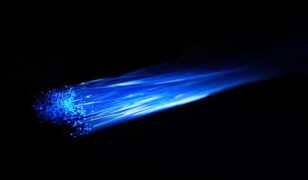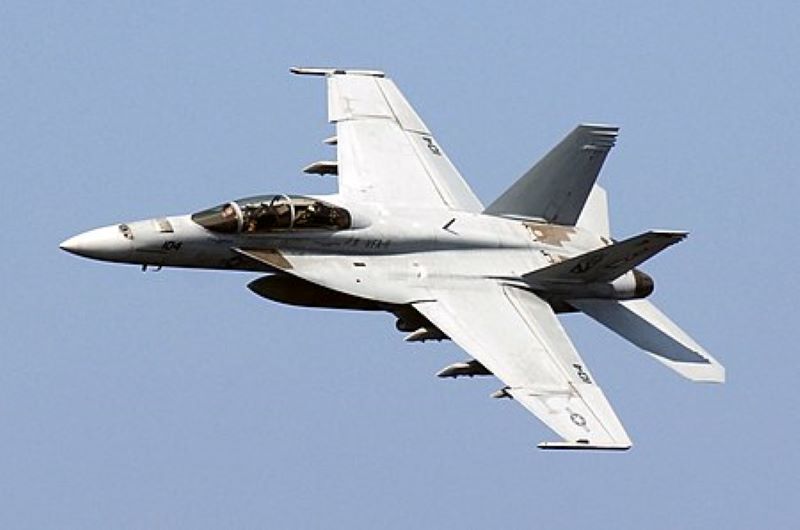The Air Force Research Laboratory (AFRL) Space Vehicles Directorate is developing a multi-energy electron source, capable of emitting a beam of electrons, at dozens of energies simultaneously, AFRL announced April 26.
In a project funded by the Department of Defense, the multi-energy electron device was invented by Dr. Miles Bengtson during his tenure as a graduate student at the University of Colorado Boulder. Following graduation in 2020, Bengtson was offered a postdoctoral position at the Space Vehicles Directorate’s Spacecraft Charging and Instrument Calibration Lab (SCICL), with the goal of bringing the multi-energy electron tool from proof-of-concept to operational status.
Objects in outer space are subjected to the harsh space environment, which consists of energetic electron and proton radiation, and several other factors such as ultraviolet light, thermal cycling and hard vacuum, which may degrade the performance of the spacecraft.
“Researchers at AFRL have long been studying how spacecraft materials and components degrade and evolve over time in the space environment, and have developed technologies to help ensure that spacecraft will fulfill their mission lifetimes, despite prolonged operation in this extreme environment,” said Bengtson.
To test materials, experiments are often conducted in vacuum chambers in which material samples and components are exposed to energetic electron irradiation from a device known as an electron source.
“The problem is that conventional multi-energy electron devices are monoenergetic only — they only emit electrons at one energy — whereas the space environment contains electrons distributed across all energies, simultaneously,” Bengtson said. “Therefore, the environment where spacecraft materials and components are tested is fundamentally different from the environment they operate in.”
AFRL’s multi-energy electron device will give researchers the ability to produce an energetic electron environment in a laboratory, which closely represents the actual space environment.
“The test capabilities we have developed at AFRL will provide scientists, developers, and manufacturers the ability to perform “test like you fly” studies of how materials respond to energetic electron irradiation,” Bengtson said. “The ability to recreate the space electron flux environment with high fidelity in a laboratory, is an enabling technology for a variety of Air Force and Space Force needs, as well as commercial needs.”
Source: AFRL
Stay in the know with breaking news from across the IC and IC contracting landscape by becoming a paid subscriber to IC News. Your support makes our work possible.









